Reasons Why Western Kenya Should Be Your Next Destination
Kenya, which is recognized for its varied landscapes, lively cultures, and abundant animals, is tucked away in the center of Africa. Fewer tourists visit the captivating region of Western Kenya, yet plenty of people head to the famous savannahs of Maasai Mara or the immaculate beaches of Kenya’s coast. But below its modest façade is…
Kenya, which is recognized for its varied landscapes, lively cultures, and abundant animals, is tucked away in the center of Africa. Fewer tourists visit the captivating region of Western Kenya, yet plenty of people head to the famous savannahs of Maasai Mara or the immaculate beaches of Kenya’s coast. But below its modest façade is a wealth of experiences just waiting to be unearthed. Western Kenya offers a real and one-of-a-kind African trip, ranging from tranquil lakeshores to lush rainforests and fascinating cultural interactions. We’ll go into the reasons why Western Kenya should be your next destination in this blog post.
Transport From Nairobi To Western Kenya
There are several ways to get from Nairobi to western Kenya, based on your money, comfort, and speed preferences:
By Air: Kisumu and Eldoret, two significant cities in western Kenya, are reachable by plane from Nairobi. Regular flights from Nairobi’s Jomo Kenyatta International Airport are operated by airports in both cities. A full hour is spent in the air. You can then take ground transportation from Kisumu or Eldoret to your exact location in western Kenya.
By Bus: A number of bus companies connect Nairobi to key towns in western Kenya, including Kakamega, Busia, and Kisumu. From Nairobi’s main bus terminals, such as Nairobi’s River Road or Machakos Country Bus Station, you can catch a bus. By bus, the trip usually takes between 6 to 8 hours depending on traffic.
By Train: The Standard Gauge Railway (SGR), Kenya’s recently renovated rail network, links Nairobi and Naivasha. Plans call for it to be extended even farther west to Kisumu. The SGR only reached Naivasha as of my most recent update, but it’s interesting finding out if the railway has subsequently extended to Kisumu. To reach your final destination in western Kenya, you would have to take alternative transportation from Naivasha or any extended SGR terminus.
By Car: Another option for getting from Nairobi to western Kenya is to drive your own car or rent one. The duration of the trip may vary from 5 to 8 hours, contingent upon your final location and traffic circumstances. The A104 is the primary route that connects Nairobi to western Kenya and goes through several like Nakuru, Kericho before reaching Kakamega.
Magnificent Sceneries:
The terrain of Western Kenya is immensely varied, spanning from the broad savannahs of the Kakamega Forest to the majestic peaks of Mount Elgon. The Great Rift Valley, a natural marvel spanning East Africa, is one of the region’s highlights. The striking escarpments and expansive views that characterize this ancient region are breathtaking to see. Numerous hiking paths in Mount Elgon National Park lead to breathtaking waterfalls, caverns, and hot springs, making it an ideal destination for nature enthusiasts. Furthermore, the sole tropical rainforest in Kenya, Kakamega Forest, entices with its deep canopy, colorful wildlife, and uncommon primate species, such as the elusive De Brazza’s monkey.
Rich Cultural Heritage:
The ethnic populations of Western Kenya are diverse, with unique traditions, dialects, and customs. The Luhya people, who are well-known for their colorful festivals, elaborate beadwork, and traditional music, are one of the most significant tribes in the area. By taking part in community-led tours of rural communities or vibrant celebrations like bullfighting festivals, visitors may fully immerse themselves in Luhya culture. Travelers can develop deep connections with Kenyans and obtain a better grasp of their rich past by becoming involved with local communities.
Wildlife:
Western Kenya offers a variety of equally rewarding wildlife experiences, even if it may not be as well-known for safaris as the Maasai Mara. With more than 350 different bird species living within its borders, the Lake Victoria basin, the biggest tropical lake in Africa, is a birdwatcher’s paradise. Visitors can see rare shoebills, majestic fish eagles, and colorful kingfishers in their native habitat by taking boat trips on Lake Victoria. Furthermore, the endangered Rothschild’s giraffe population at Ruma National Park, which is tucked away along the shores of Lake Victoria, is well-known, as are the buffalo, leopards, and several species of antelope. Discovering the lesser-known reserves in Western Kenya enables visitors to get away from the crowds and take in up-close views of animals in a peaceful environment.
Food And Culture:
A trip to Western Kenya wouldn’t be complete without indulging in some of the region’s delicious food, which is a reflection of its varied cultural influences. Common dishes seen in neighborhood restaurants and roadside stands include ugali (maize porridge), Sukuma wiki (collard greens), and nyama choma (grilled beef). But there’s much more to Western Kenya’s food scene than just traditional meals. Delights such as Obusuma (millet porridge), ingokho (chicken cooked with indigenous herbs and spices), and fish stew cooked in coconut milk might entice tourists’ palates. Culinary tours and seminars offer an opportunity to learn about the materials, preparation methods, and cultural significance of Kenyan cuisine directly from the source, making for a genuinely immersive experience.
Initiatives for Sustainable Tourism:
Western Kenya has been a centre for sustainable tourism projects that put an emphasis on cultural preservation, community empowerment, and conservation in recent years. There are many methods for travellers to support local initiatives while reducing their environmental effect, from eco-lodges and community-run guesthouses to responsible tour operators and conservation programmes. For instance, the Rusinga Island Trust offers local populations healthcare and educational opportunities while striving to preserve the island’s natural beauty and cultural legacy. In a same vein, the Kakamega Environmental Education Programme (KEEP) encourages eco-friendly travel, tree planting campaigns, and educational programmes that support environmental preservation and sustainable development.
Even though Western Kenya isn’t as well-known as its contemporaries in the Kenyan tourism industry, it still has a lot to offer adventurous tourists who want to be enthralled and motivated. Western Kenya is a country of adventure and discovery, with its breathtaking scenery, rich cultural legacy, diverse animals, and mouthwatering cuisine. Visitors can create deep relationships with nature, culture, and society while supporting the sustainable development of one of Africa’s most captivating regions by straying from the usual path and discovering this hidden gem. Why then wait? Travel to Western Kenya to discover the enchantment for yourself.


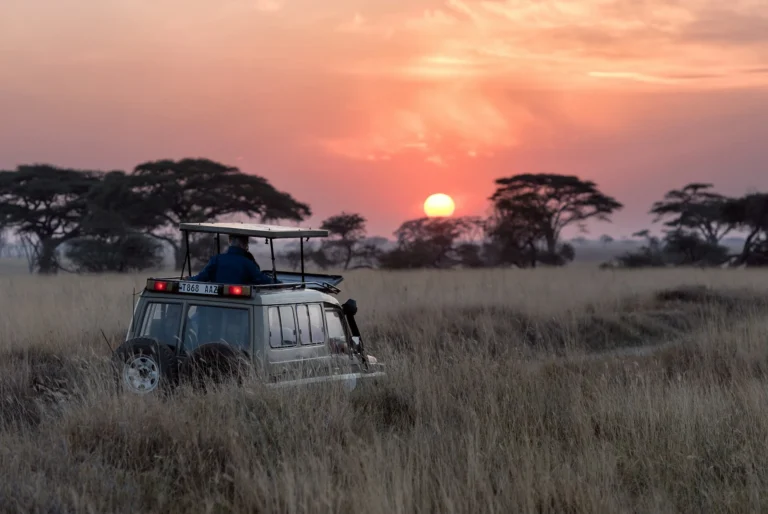
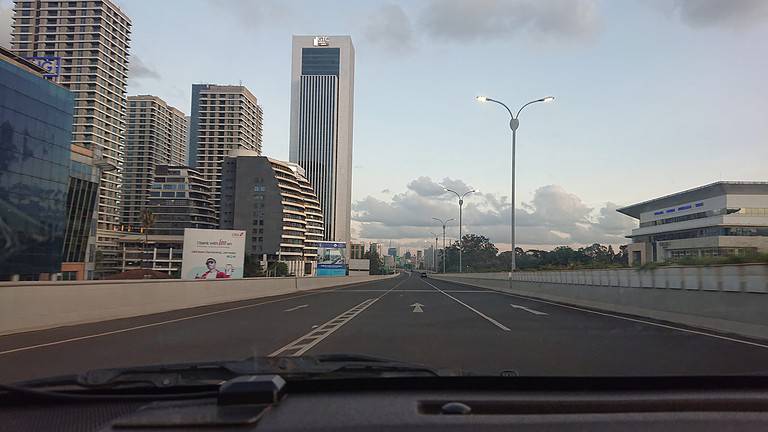
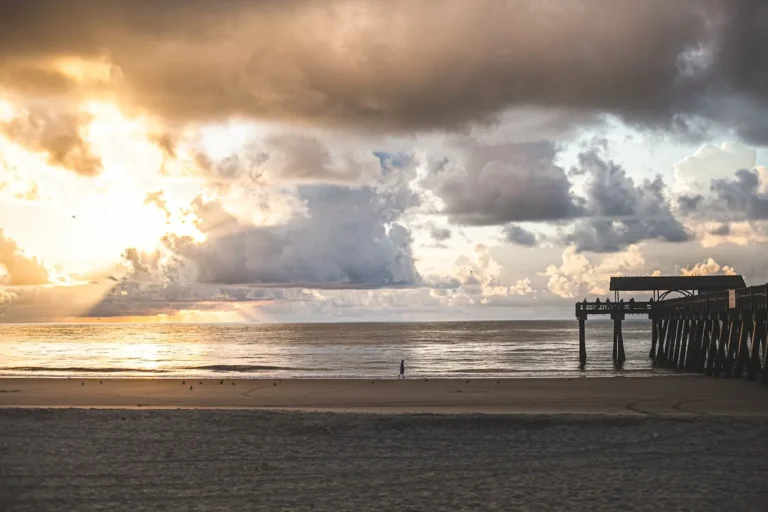
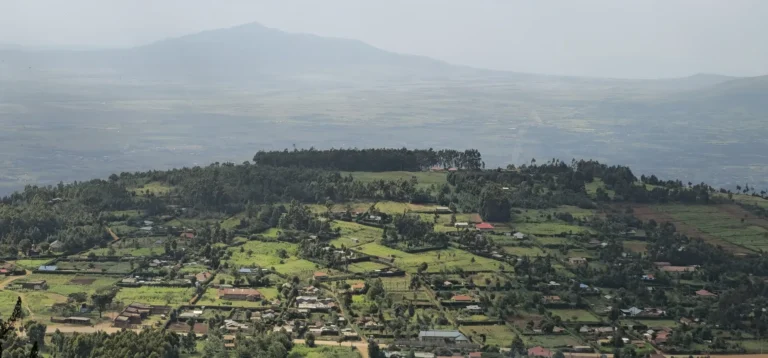
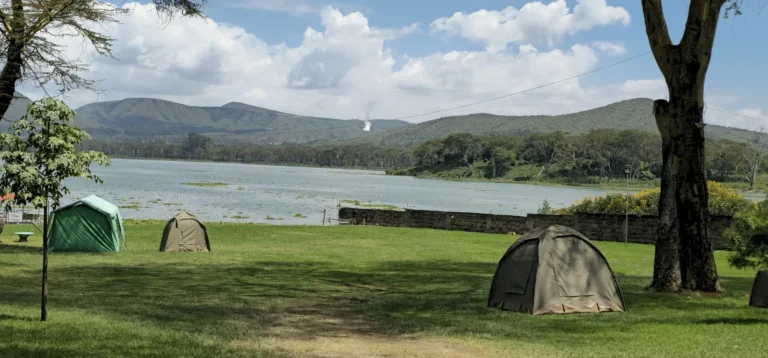
One Comment